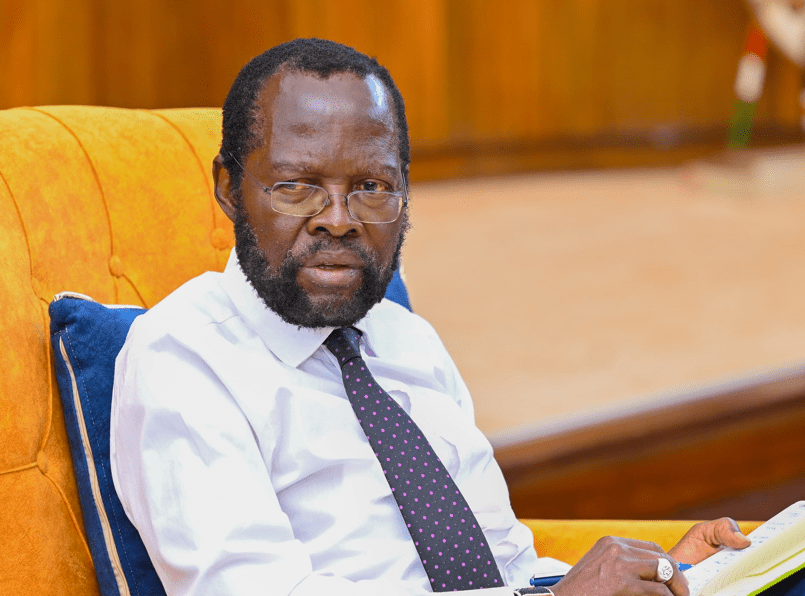Cabinet greenlights Nairobi Northern Bypass dualling and Railway City project

The Cabinet has endorsed two significant national projects following a meeting held on Tuesday, June 24, 2025, at State House, Nairobi, chaired by President William Ruto.
According to a statement issued after the session, the Cabinet approved the proposed expansion of the 20.2-kilometre Nairobi Northern Bypass.
The infrastructure upgrade is aimed at reducing traffic congestion and increasing the road’s capacity to accommodate rising traffic demand.
“The Cabinet also approved the proposed dualling of the 20.2km Nairobi Northern Bypass, a key infrastructure upgrade aimed at easing traffic congestion and expanding the road’s capacity to handle growing traffic volumes.” Cabinet meeting statement.
The project will transform the current single carriageway into a dual carriageway and will feature the construction of eight interchanges, overpasses, and underpasses. It will also incorporate non-motorised transport infrastructure, such as pedestrian walkways, cycle lanes, improved drainage, and upgrades to adjacent roads.
The Northern Bypass, which runs from Ruaka in Kiambu County to Ruiru and links to both the Western and Eastern Bypasses, is the only remaining single-carriageway bypass in Nairobi.
It often experiences severe traffic jams during rush hours, leading to delays, increased transport expenses, environmental pollution, and loss of productivity.
This development is expected to ease traffic flow, enhance safety on the road, and improve connectivity to key economic areas, industrial zones, and critical services across Nairobi and Kiambu counties.
As part of efforts to transform Nairobi’s urban landscape, the Cabinet also approved the implementation of the Nairobi Railway City Central Station and Public Realm Project.

The ambitious development seeks to decongest the capital and rejuvenate the Central Business District by modernising the old Central Railway Station into a modern, multi-modal transport centre.
”Stretching from Ruaka in Kiambu to Ruiru, connecting with both the Western and Eastern bypasses, the Northern Bypass remains Nairobi’s only bypass that is still a single carriageway. It experiences heavy congestion during peak hours, leading to travel delays, higher transport costs, increased pollution, and reduced productivity” the statement stated.
With passenger numbers projected to reach 400,000 per day by 2030 and 600,000 by 2045, the upgraded station will include nine platforms and advanced access bridges, enabling the smooth movement of up to 30,000 passengers per hour.
Enhancements in the surrounding public spaces are expected to unlock underutilised land, boost economic activity, and attract increased foot traffic into the city centre.
The project is supported by secured funding for critical transport links, including BRT Line 3, various commuter rail lines, and a standard-gauge railway link to Jomo Kenyatta International Airport.
It is projected to stimulate employment, promote urban renewal, and foster sustainable development, positioning the station as Nairobi’s leading transport hub and a key feature of its long-term urban vision.
Government-Owned Enterprises Bill, 2025
In the same meeting, the Cabinet also approved the Government-Owned Enterprises Bill, 2025 (GOE Bill), representing a major reform in the governance and efficiency of state-owned commercial entities.
The proposed legislation introduces a new classification of commercial state corporations, now referred to as government-owned enterprises.
The Bill aims to eliminate inefficiencies by ending the appointment of unqualified individuals to leadership roles, replacing it with a merit-based selection system managed by an independent panel.
Under the new framework, the board will select its chairperson from among independent directors.
The legislation bars conflicts of interest for both the chairperson and independent board members, reinforcing principles of integrity, accountability, and viability in public enterprises.
These changes form part of a larger national initiative to overhaul state-owned enterprises, enhance economic performance, and rebuild public confidence in the management of public assets.














